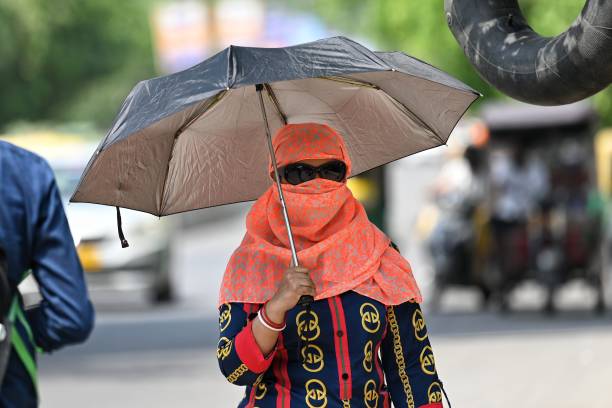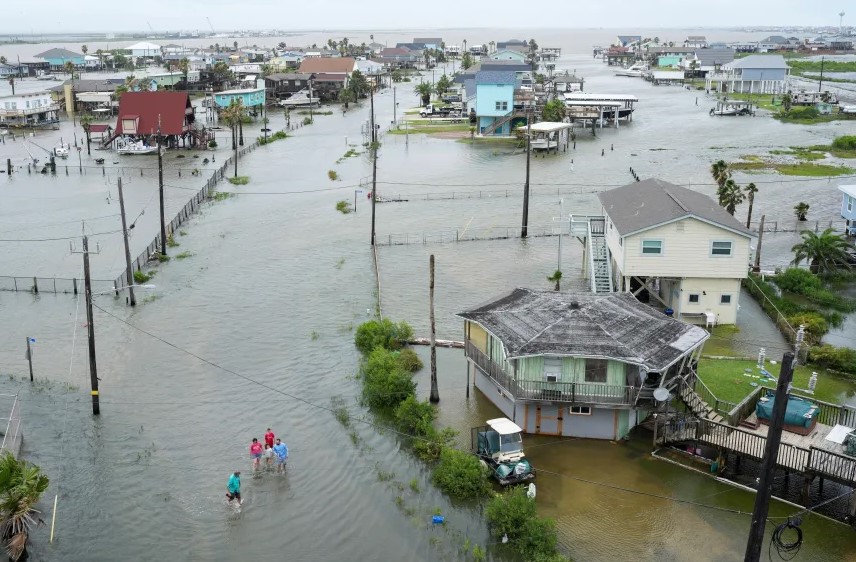Summer has hit the northern hemisphere with intense heat across many regions. Northern India, for example, is facing a severe heatwave, with Delhi experiencing a minimum night temperature of 35.2°C—its hottest night since June 2010.
On Wednesday, Ganganagar in northwest India reached 44.7°C, close to the Pakistan border. These high temperatures have driven power consumption in Delhi to record levels of 8,647 MW, and northern India’s total power usage approached 90,000 MW on Tuesday.
During the heatwave, a plane was stranded on the tarmac for over an hour due to the lack of air conditioning.

In Saudi Arabia, temperatures exceeded 50°C this week, tragically resulting in the deaths of at least 550 pilgrims heading to Mecca for Hajj.
The northeastern US and eastern Canada also endure a heatwave, often called a “heat dome.” This term describes a period of unusually high temperatures caused by stable high-pressure systems that trap warm air and bring extended sunny weather.
France and Germany experienced turbulent weather with frequent thunderstorms. Cooler northern air clashed with warmer southern air, leading to heavy rain that forced the closure of fan zones at the Euro 2024 football tournament in Germany. France also saw a tornado that damaged a farmhouse and hailstones as large as 6 cm.
In the Gulf of Mexico, Storm Alberto, the season’s first named tropical storm, made landfall in Mexico on Thursday, bringing strong winds and flooding. Southern Texas received up to 200 mm of rain. The hurricane season is expected to be active, with forecasts predicting 17-25 named storms and up to 13 hurricanes.

